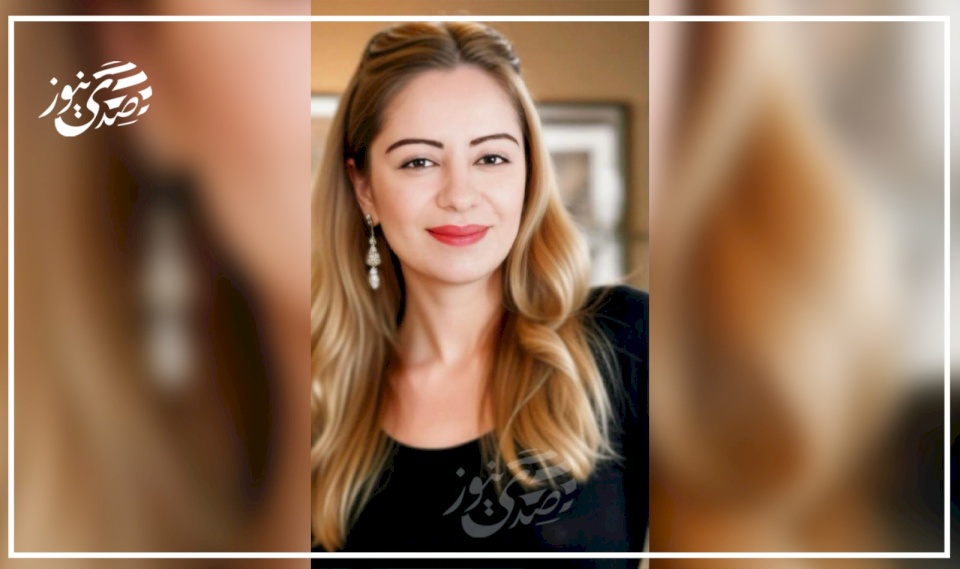
Eight Angles and One Identity: Towards Reshaping the Palestinian Box
Let us think inside the box... before outside it.
We often rush to break the box / "thinking outside the box", imagining that the solution lies in rebelling against form as a leap towards creativity, not in reviewing substance. However, the box is not a permanent constraint but a framework capable of being reshaped. Before we demolish it, we need to rearrange what’s inside: our ideas, behaviors, perceptions of ourselves, and of others.
In the Palestinian context, the box is not just a metaphor but a complex reality composed of politics, behavior, identity, history, and pressures. Geographically besieged, governed by a stereotypical global discourse, and at times retreating into repetitive narratives that do not stir any movement, do we really know who we are? How do we want others to see us? What image do we wish to represent? What behaviors have we inherited under pressure, and what do we need to free ourselves from to redefine ourselves? Ultimately, we aim to build a new box that represents us: through which we redefine our angles.
Rearranging the interior – a question of self before facing the world.
Before we confront the Israeli narrative in international forums, or break the grip of the veto, or demand the world to change its perspective, we must ask ourselves:
Who are we really?
What is the essence of our identity beneath all this rubble?
How do we behave in our daily lives, under pressure, in the midst of division, amid crises?
What values do we want to hold on to, and what behaviors should we discard?
Reorganizing the interior does not mean retreating, but rather establishing a clear vision of the self that forms the basis for outward movement.
Angle of vision – what image do we want to be seen with?.
For years, the Palestinian discourse seemed either held captive by victimhood or distracted by priorities. But does the world truly see who we are, or how we present ourselves? The image is not only a product of reality but also a result of what we narrate, how we behave, and how we frame ourselves.
Thus, the necessity of changing the angle of vision arises: we should not only strive to be understood, but rather to be understood within clear frameworks produced by us, not imposed on us by others.
Building the new box.
The "box" we aspire to is not a mold that restricts our freedom, but a framework through which we reorganize our relationship with ourselves and with the world.
Instead of fleeing from the "old box", we build a new one that represents us, as individuals and groups, as an identity and a voice, as a community seeking to renew its tools rather than surrender its causes.
Exiting the box is not a momentary rebellion, but a transformation process that requires internal preparation, rediscovering our essence, crafting our vision of ourselves, distributing our roles, and knowing our destination. The new box must be built first, established, and framed by our vision, not that of the other.
Faces of the box – eight angles for representation and transformation.
This box will not have one face, but multiple faces that reflect our diversity and the strength of our discourse, each face representing an angle of our collective identity:
A face reflecting our collective memory, representing our history, our calamities, our struggles, and our inherited dreams.
A face for our political discourse, what do we say to the world? In whose language? And what tools do we have for influence?
A face for our daily behavior, how do we live our Palestinian identity? How do we embody values in reality?
A face for our resistant economy, how do we produce alternatives? How do we protect our resources and redefine development?
A face for our social justice, do we advocate for marginalized groups? How do we rebuild the social contract?
A face for our cultural identity, how do we tell our story? In what dialect? And what narrative?
A face for our external alliances, who are our true partners? And what are partnerships built upon?
What do we leave for future generations? A vision or ashes?
In the new box, each of the eight faces has a role and meaning.
From reconstruction to owning the angle.
When we realize our multiple faces, reorganize our interior, and build the box that reflects us, we transition from reaction to action, from defense to initiative. Only then can we change the angle from which we are viewed, not through begging or pleading, but through clear presence, a steadfast position, and a complex and cohesive identity.
Our box... we are the ones who make it.
Our box is not a constraint if we build it with our awareness, and its angles are not sharp if we fill them with human, political, and ethical content.
To initiate its construction means to be active participants. It is not merely a "box" but a national project for building a collective and individual identity, reshaping the Palestinian not merely as a victim but as an actor, an initiator, creating a new image of oneself on the inside and capable of changing the angle from which one is viewed on the outside.

The Quota Has Opened the Door.. and the Real Authority is Behind Closed Doors

An Insight into Mental Health Culture in Our Society

Why does Israel fail to impose leadership on the Palestinians?

It is… A Team That Fights

From Europe to the West Bank.. A Citizen's Message Demanding Rights and Justice

My Friend ... and Ibn Rushd in Hebron

Independent Members of Boards of Directors: An Added Value

